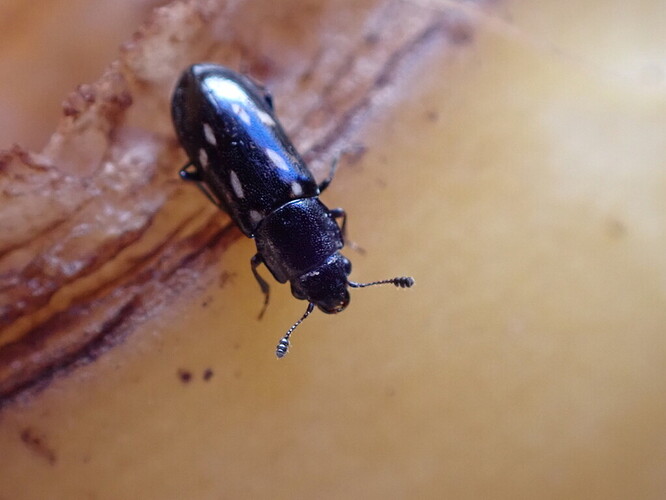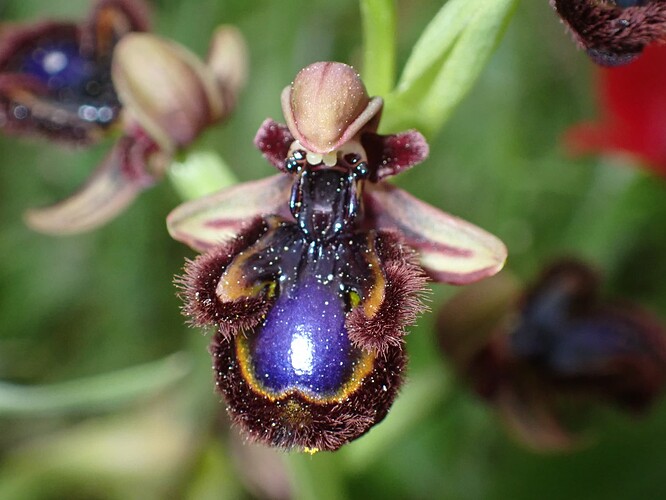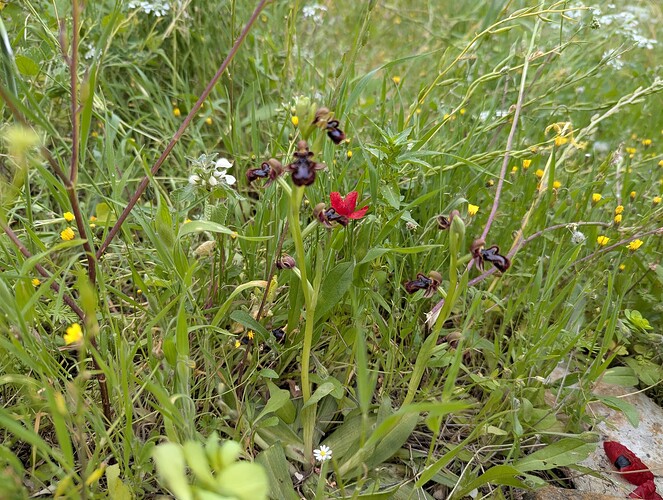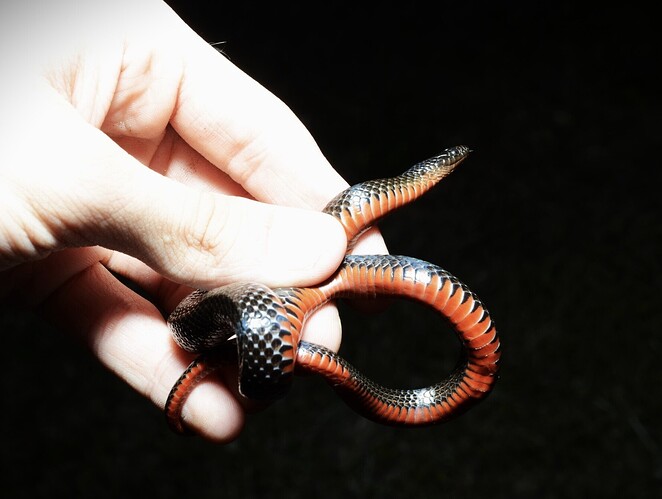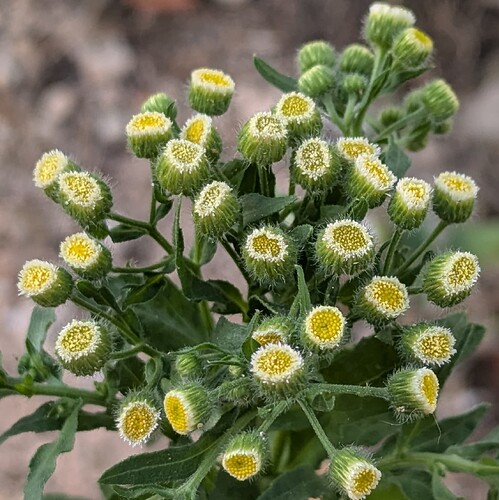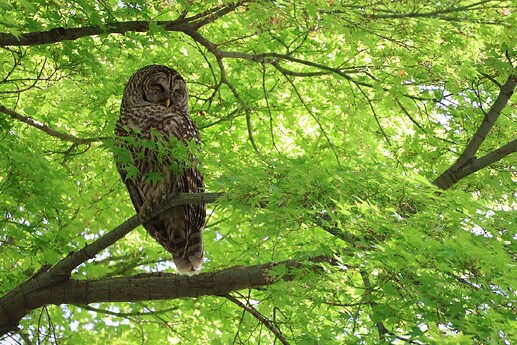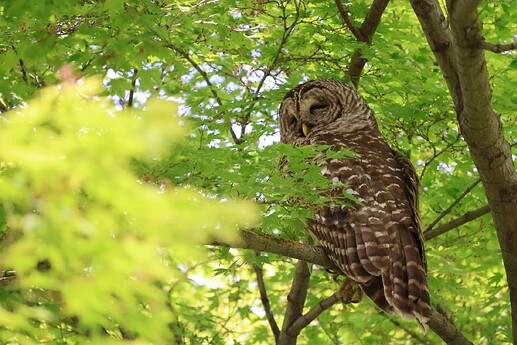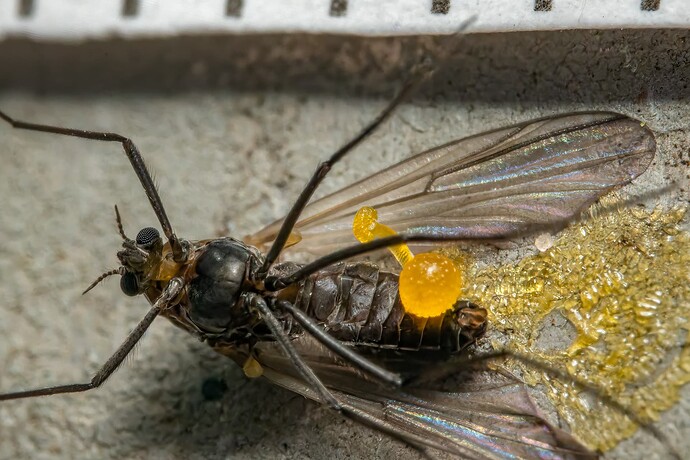I did a lot of microscope observing this week, which led me to getting a rotifer lifer in the genus Lepadella. https://www.inaturalist.org/observations/266312874
Are you some kind of professional photographer?
No, but thank you! I have loved birds since I was little but only started photography a few years ago. A couple of years back, I got the Sigma 150-600mm Contemporary lens for Christmas, and if you are lens hunting, I highly recommend it!
I think that naturalists that observe mainly through microscopes deserve a very long, and unanimous slow clap. It’s such a different mentality from those of us who go (relatively speaking) lumbering blissfully through the wild acreage.
Well done!!
Oh, I think I can now actively join the lifer of the week thread, as in terms of iNat I am expecting to run into lifers every week going into the warmer season.
My favourite of the past week was this earthworm, as I do not know a lot about these animals and have been under the impression it is basically impossible to ID them beyond family. It is amazing that we have a deticated IDer for them on iNat🥳
I got a few lifers this week, including, earlier today, a trip to Cliffs of the Neuse, which I haven’t visited in years. But my favorite was from much closer to home.
It isn’t a lifer in the strict sense, because I shared my home with one in South Carolina when I worked at the Savannah River Site; but it is an iNat lifer. It is my favorite for two reasons. First, as a kid I was taught to leave spiders alone because they are useful for keeping down flies. The house where I grew up usually had a few cellar spiders in their cobwebs up by the ceiling or in odd corners, and – I know most people disagree – I find that a house just feels more like a home when I am sharing it with eight-legged friends.
The second reason is that it is named after Kukulcan, the Mayan feathered-serpent god. I have always been fascinated with ancient civilizations, and the Maya are one of my favorites.
My week has been full of lifers, mostly beetles and mites.
My favorite was this beetle I found in some compost, Glischrochilus vittatus.
I also found several other kinds of beetle that were new to me
- https://www.inaturalist.org/observations?taxon_id=493167&user_id=isopodguy&verifiable=any
- https://www.inaturalist.org/observations/267613027
- https://www.inaturalist.org/observations/267288315
- https://www.inaturalist.org/observations/266988922
and added some mites to my lifelist
Adding this one to the new beetle list as well. It just got ID’d
I got several lifers this week since I decided to travel to Greece. This one is probably my favorite - one of only two blue orchids in Europe, Ophrys speculum. Also, saw it completely by chance, it was growing in the middle of Athens, on the hill next to the Acropolis - second picture is the habitat shot, it was in the grass on the stoney hillside.
Saw my first palm weevil! It is a quite feared pest because it destroys palms (they are well known invasives in San Diego), but they are quite cool bugs. It was quite large and heavy, and I didn’t know some weevils also fly without opening their elytra (as cetoniines do). Saw the bug flying around some lights at night.
I did this again lol. I pinned another spot for the other species of swampsnake and found one on my first trip there.
https://www.inaturalist.org/observations/267774935
My mind is officially blown because I reached out to Mexico’s premier Asteroideae Identifier certain he was going to tell me in a few days I would have giant flowers from the mass of buds I observed, only for him to tell me these were flowers in full bloom.
Behold Erigeron laevigatus, which is native to MX and popped up in the very dry (no rain) yet wildly hot garden (40+ the last few days but feels like 45).
Again, these are mostly fully open flowers. ![]()
Technically last week, but still just two days before posting this, and this is one of my favorite lifers ever! Sacramento County’s(California) first Barred Owl!!
And what a beautiful chonker! Welcome to the Forum, what a wonderful first post, and maybe I have been doing it wrong the whole time (if so, wheeee!) but I think if I saw something within the last seven days, it qualifies as “this week”.
Thanks! I discovered Forums yesterday and I am loving the dicussions so much (especially the one regarding Troglodytes nabiscoensis and the like. ![]() ) P.S. Anything within the past seven days does seem right, I’m sure no one could really say there’s anything wrong with it.
) P.S. Anything within the past seven days does seem right, I’m sure no one could really say there’s anything wrong with it.
I had just assumed that those were just buds too, before I read the text in the post. That’s really neat!
Very similar to E. bonariensis and E. sumatrensis.
Accidentally deleted my post from here ![]() , but I’ll add it back again. Mine has to be this mottled sea-hare!
, but I’ll add it back again. Mine has to be this mottled sea-hare!
https://www.inaturalist.org/observations/267734835
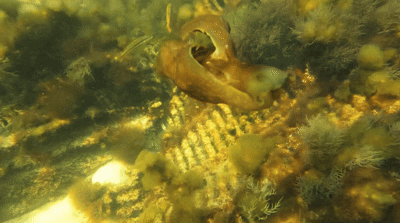
It’s only Monday, nevertheless I am going to jump the gun here.
This is an observation I made today at my nearest (and thus most frequented) park. Disclaimer: this has not been ID’d, but after multiple discussion in many groups, I feel pretty confident that I’ve got this one. (And did I mention it’s an iNat first for Canada?)
As you probably guessed, it’s not the fly here but the parasitic fungi that has emerged from it’s bottom. Which I believe is a fungi from the Genus Strongwellsea. The large golden ball usually stays inside and is called a hymenium. It discharges the conidia. Very strange.
FTR, the fly was DEFINITELY alive while this was happening. That, apparently is how all this normally works.
Wow, what a fascinating (albeit quite gruesome) observation! The one species of parasitic fungi I’ve seen (but not uploaded) is the type that infects certain ladybugs. More often than not, I’m glad I’m not a bug! ![]()

